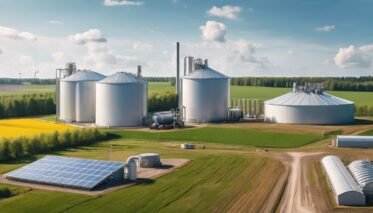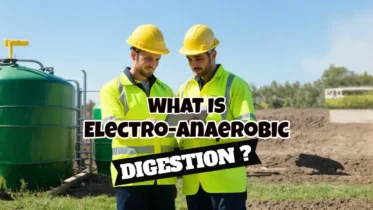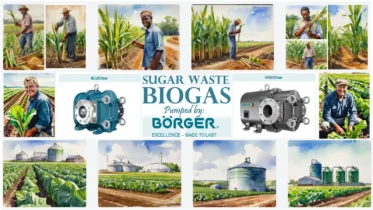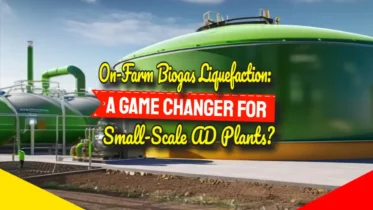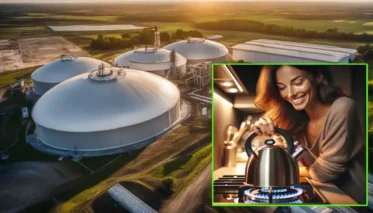Anaerobic Digestion In Lithuania
Why write about anaerobic digestion In Lithuania? Many countries are wrestling with the challenge of finding sustainable energy sources and reducing waste. Lithuania, a country committed to eco-friendly solutions, is one of many countries looking at anaerobic digestion for biogas and biomethane production as a possible answer. But what exactly is anaerobic digestion? And how […]
What Is Electro-Anaerobic Digestion? A Guide to New Research in Methane Generation
Have you ever wondered what happens to food scraps, animal manure, and other organic waste? Traditional methods like composting and landfilling often result in greenhouse gas emissions and wasted energy, so many governments now encourage local authorities and businesses to send this waste to anaerobic digestion facilities. However, a newer method that builds upon current […]
Side Stream Ammonia Stripping from Biogas Digestate and 4 of Its Many Benefits
Learn about biogas digestate side stream ammonia stripping (better known to the uninitiated as “ammonia removal plus return the flow back where it came” and its many advantages. For years this amazing opportunity to raise profitability and bioreactor process stability has seldom been discussed. We decided to promote this simple technology and to do so […]
Sugar Waste Biogas Production Enhanced by Borger Rotary Lobe Pumps
In this article, we discuss unlocking the potential of anaerobic digestion or sugar waste biogas including sugarcane biomass, and sugar beet waste for biogas production not forgetting pre and post-consumer sugary food waste. However, none of this would be possible without reliable and affordable equipment to convey the viscous fibre-filled mash of this biomass through […]
On-Farm Biogas Liquefaction: A Game Changer for Small-Scale AD Plants?
Is it possible that a new French biogas liquefaction technology might prove to be a game changer for small-scale AD plants? Read on to find out more. The burgeoning biogas industry holds immense potential for renewable energy generation and waste management, particularly in the agricultural sector. However, it can be hard for small-scale and medium-sized […]
What is Biogenic Gas? – Examples Including Methane
Technology is moving on with progress in decarbonisation. When once there was only fossil fuel gas (natural gas) there is now a new category of gas, and its name is “biogenic”! So, we set out to define: What is Biogenic Gas? with biogenic gas examples Including biogenic methane Finding a clean energy source is on everyone’s mind […]

